Knowing About Trademark Registration Requirements Related To Building Materials
Construction engineers, architects, and others must indeed be aware of the importance of intellectual property laws when choosing the building materials. There are nearly 45 classifications of the trademark classes. Each class deals with specific goods and materials. The trademark class 19 lists certain non-metallic things that are used for building purposes. The list also includes non-metallic rigid pipes, asphalt, monuments, non-metallic transportable buildings, pitch, and bitumen. Thus to add a new building material under the trademark class 19 one has to complete the trademark registration process of the material. Here you can know about the list of building materials that comes under the trademark registration class 19.
Goods Under Class 19 Trademark Registration
Several products are used for construction purposes. It is essential that these are trademark registered so that it would adhere to the laws. Thus the goods under Trademark class 19 would be safe to use. Some of the building materials that are classified under Class 19 are listed below.
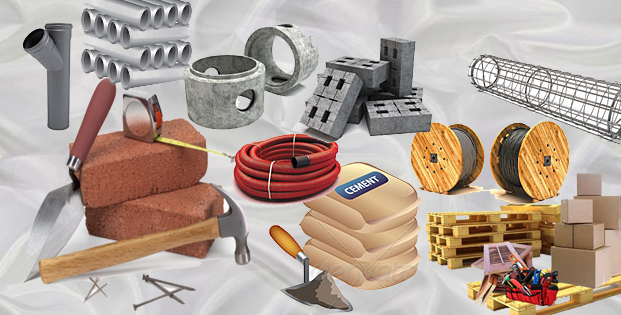
- Veneers used for furniture
- Semi worked goods like panels, planks, etc
- The glass used for construction purposes
- Glass Granules
Thus it is clear that the trademark class 19 includes only non-metallic building materials.
Goods Not Classified Under Trademark Class 19 Trademark Registration
- Certain materials cannot be classified under Trademark Class 19. They are listed below.
- Preservatives used for cement
- Water-proofing materials
- Fireproofing materials
The above building materials are registered under the trademark class 1.
Trademark Class 19- A Broad List Of Building Materials
The comprehensive list of goods that are used for construction purposes is to be registered under the trademark class 19. They are listed below
- Non-metallic advertisement columns
- Alabaster and alabaster glasses
- Aquarium sand and gravel
- Non-metallic structures of aviaries
- Asbestos mortar and cement
- Artificial stones
- Armoured non-metallic doors
- Asphalt, Asphalt paving
- Non-metallic beams
- Non-metallic girders
- Non-luminous and non-metallic beacons
- Binding materials for various purposes
- Bricks
- Glass used for building
- Timber for building purpose
- Bituminous products and coatings
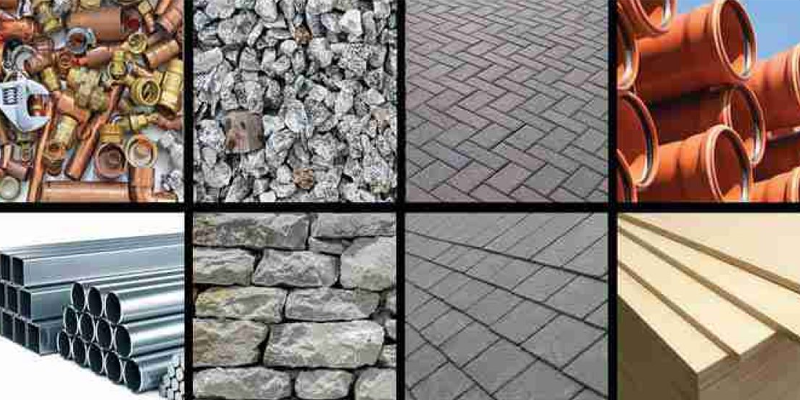
- Non-metallic door panel
- Drain pipes
- Non-metallic duckboards
- Ducts
- Floor Tiles
- Folding doors
- Gypsum
- Insulating glass, screens
- Not metallic screens to prevent insects
- Limestone
- Marble
- Mortar
- Mosaic
- Wall Tiles
- Paving slabs and blocks
- Rock crystal
- Non-metallic window frames
- Window glasses
Purpose Of Trademark Protection
The actual purpose of trademark classification is nothing but to know about the origin of the goods used. This would help consumers to differentiate the products supplied from other sources. Thus the classification of building materials under certain class would help construction engineers and architects to choose to right goods from trustworthy sources. Here – http://www.mateoaboy.com/f6/blog_files/9975bff2077d8f58d340539a3c68b02b-23.html – Check out moe info about the purpose of trademark law.
Thus the above classification of building material under trademark class 19 would be useful for construction engineers, architects, etc.


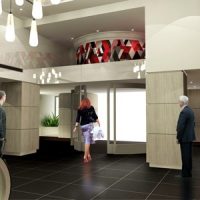
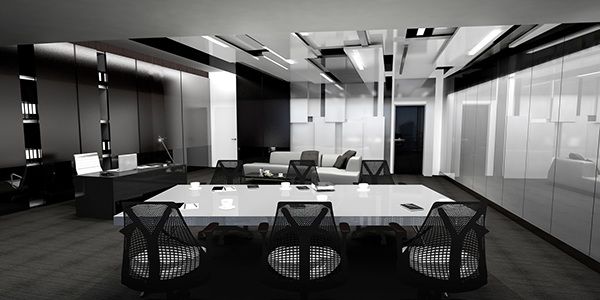
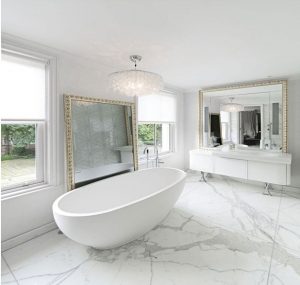 Today, the discussion will be about the differences between the two most used rocks in interior decoration – granite and marble. The natural stones are often confused, and people unwittingly use the wrong one in the wrong place. Therefore, to answer questions like:
Today, the discussion will be about the differences between the two most used rocks in interior decoration – granite and marble. The natural stones are often confused, and people unwittingly use the wrong one in the wrong place. Therefore, to answer questions like: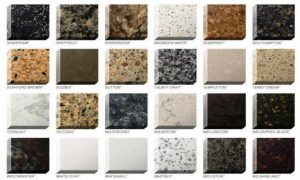 people get confused between the two. On closer inspection, the differences become quite glaring.
people get confused between the two. On closer inspection, the differences become quite glaring.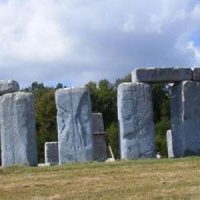

 Famous Monuments and Sculptures Made from Marbles
Famous Monuments and Sculptures Made from Marbles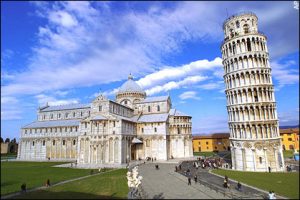 constructed in 125 AD using marble. The monument is visited by tourists in droves every year to take in the breathtaking sight of its columns.
constructed in 125 AD using marble. The monument is visited by tourists in droves every year to take in the breathtaking sight of its columns.